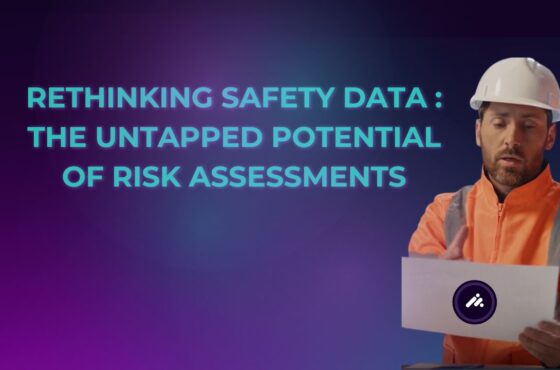The Digital Innovation Dilemma in the UK Built Environment Sector
THE AUTHOR: SIMON WRIGHT – CEO, INTUETY
The UK’s built environment sector, a cornerstone of the nation’s economy, faces a critical challenge: embracing digital transformation. While the world races towards a tech-driven future, the industry remains hesitant, often clinging to traditional methods due to fear of change. This hesitation hinders progress and stifles innovation in construction technology, the key to a more efficient, sustainable, and future-proof built environment.
The Fear Factor: The Risk of Missed Opportunities
Fear of making mistakes casts a long shadow on the construction landscape. Professionals, from architects to project managers, are understandably cautious. Buildings, bridges, and infrastructure form the backbone of our cities, and any misstep carries high stakes: financial losses, safety hazards, and reputational damage. However, clinging to tradition comes at a cost—missed opportunities for a more efficient, cost-effective, and sustainable future.
Construction Tech: A Catalyst for Change
A decade ago, the government’s Building Information Modelling (BIM) mandate aimed to spark a digital revolution. While BIM offered a glimpse of the potential, the industry’s hesitation remains. Here’s why:
Complexity: Construction technology requires a paradigm shift. New workflows, tools, and skills are needed. Many are daunted by the complexity of implementing these changes.
Risk Aversion: The comfort of traditional methods is strong. Uncertainty surrounding new technology: “What if the model fails?” or “What if data gets compromised?” creates resistance.
Legacy Systems: Outdated software and ingrained practices create inertia. The fear of disrupting established ways of working keeps the industry tethered to the past.
Building a Future-Proof Industry
The government’s post-pandemic “build back better” initiative resonates deeply. However, true progress hinges on overcoming fear and embracing digital transformation. Here’s how:
Education is Key: Demystifying construction technology is crucial. Training programmes, workshops, and certifications can empower professionals with the knowledge needed to overcome fear.
Collaboration is Power: Siloed operations stifle innovation. Architects, engineers, contractors, and tech specialists must work together. Shared learning and cross-disciplinary dialogue are catalysts for progress.
Leadership Drives Innovation: Industry leaders need to champion change. They should foster a culture of experimentation, view failures as learning opportunities, and encourage continuous improvement.
Mitigating Risk: While digital transformation carries inherent risks, so does stagnation. Pilot projects, sandbox environments, and phased rollouts can manage these risks and pave the way for wider adoption.
Conclusion
The UK built environment sector is at a crossroads. Fear can be a powerful motivator, not just a paralysing force. By dismantling the barriers to adoption and embracing construction technology, we can build a future where fear yields progress, creating a more efficient, sustainable, and resilient built environment for generations to come.



